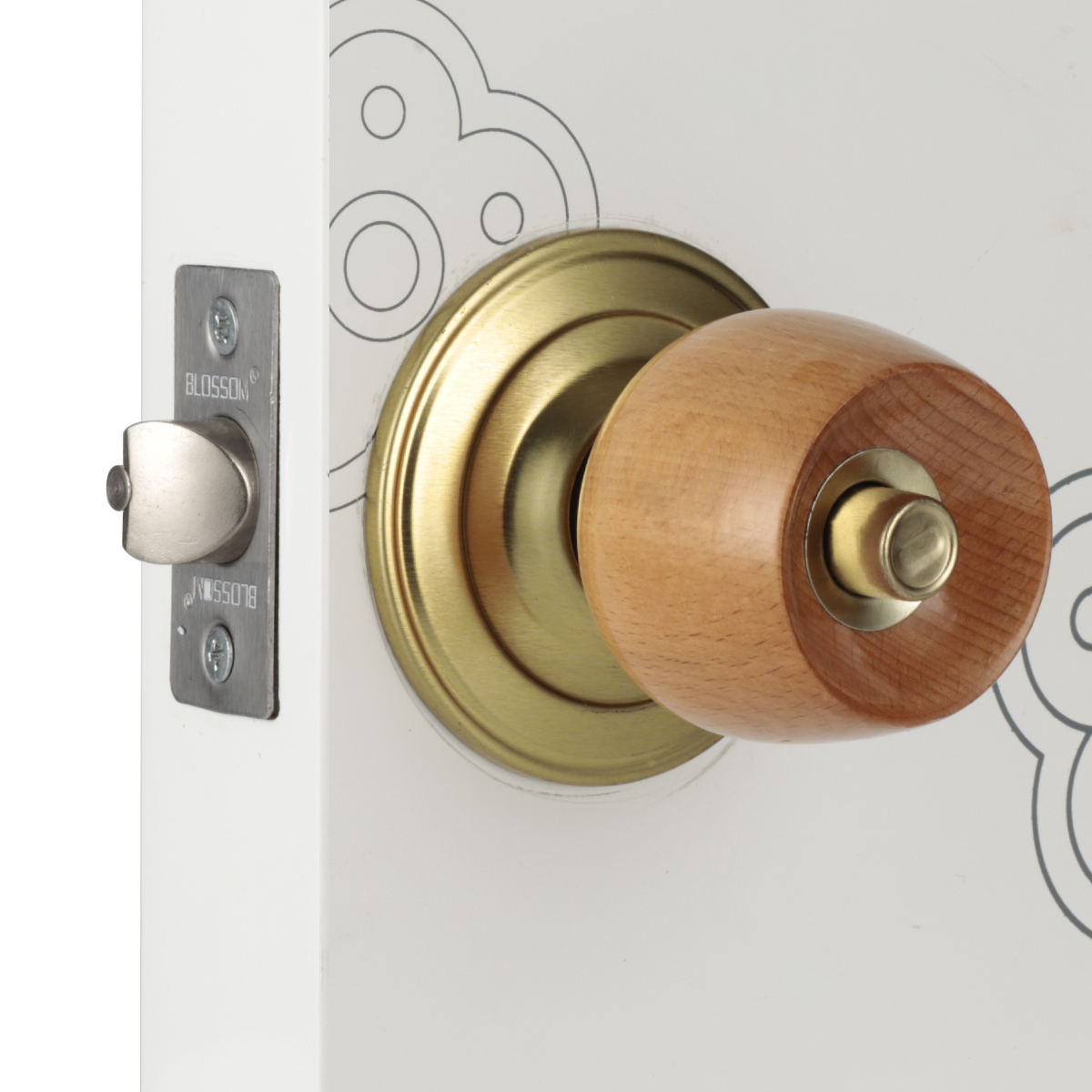Ergonomics, the science of designing products for human comfort and efficiency, plays a significant role in the design and functionality of furniture handles. Wooden handles can have a profound impact on the ergonomic excellence of furniture pieces. Here’s how:
1. Comfortable Grip: Wooden handles can be designed and shaped to fit comfortably in the hand. The natural warmth and texture of wood provide a pleasant tactile experience, making the handles comfortable to hold, even for extended periods.
2. Customizable Shapes: Wood is highly malleable, allowing furniture designers to create handles with custom shapes that cater to the user’s grip and hand size. Ergonomically designed handles reduce strain on the fingers and wrist while promoting a natural and comfortable posture.
3. Reduced Strain and Fatigue: Handles that are designed to fit the hand’s natural contours distribute the pressure evenly across the fingers and palm. This minimizes strain and fatigue when opening or closing drawers, doors, or other furniture compartments.
4. Accessibility for All: Ergonomic wooden handles can be designed to accommodate different user needs, including those with mobility challenges. Lever-style handles or handles with larger gripping areas ensure that furniture is accessible to a wider range of individuals.
5. Enhanced Functionality: Handles that are ergonomically designed facilitate smoother and more effortless operation. The user can easily open and close furniture without applying excessive force or awkward hand positions.
6. Safety and Ease of Use: Well-designed wooden handles contribute to user safety. Handles that are easy to grasp reduce the risk of slipping or losing grip, which can prevent accidents and injuries.
7. Reduced Wear and Tear: Ergonomic wooden handles encourage users to interact with furniture in a more controlled and gentle manner. This can result in reduced wear and tear on both the handles and the furniture itself.
8. Aesthetic Harmony: Wooden handles not only offer ergonomic benefits but also add to the overall aesthetics of the furniture. The combination of functional excellence and visual appeal creates a harmonious and inviting user experience.
9. Personalized Design: Woodworking allows for intricate carving and shaping, enabling the creation of unique, personalized handles that align with the furniture’s design language while prioritizing ergonomic principles.
10. Emotional Connection: Wooden handles can evoke a sense of connection with nature and craftsmanship, enhancing the emotional bond users feel with the furniture. This emotional connection can influence the overall perception of comfort and usability.
Incorporating ergonomically designed wooden handles into furniture demonstrates a commitment to user comfort and usability. Whether it’s a cabinet, a drawer, or a door, these handles can significantly impact the way users interact with furniture on a daily basis. By considering ergonomic principles and marrying them with the natural beauty of wood, furniture designers can create pieces that are not only functional but also a pleasure to use.


